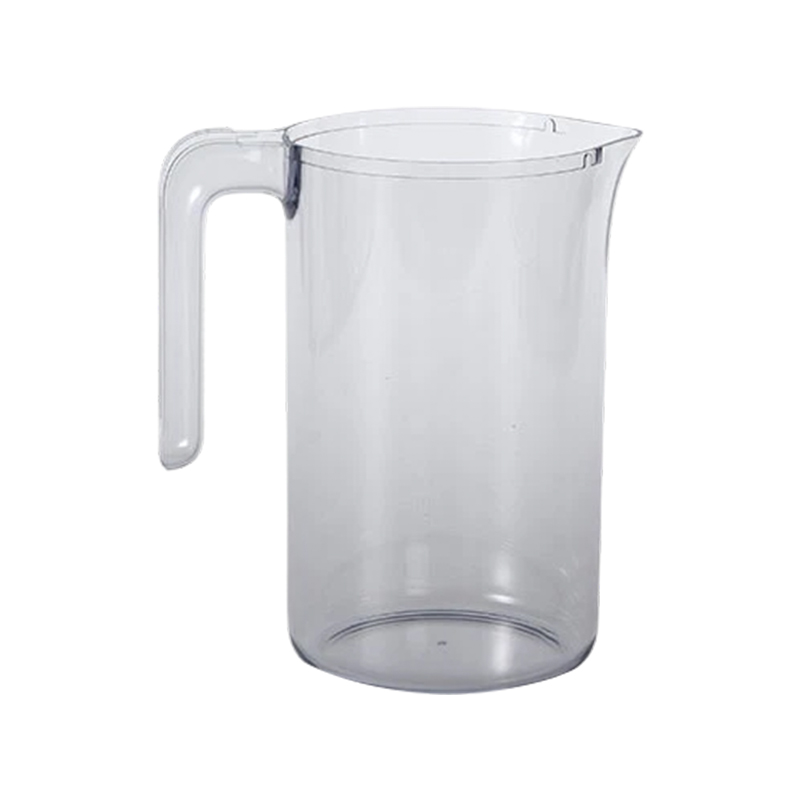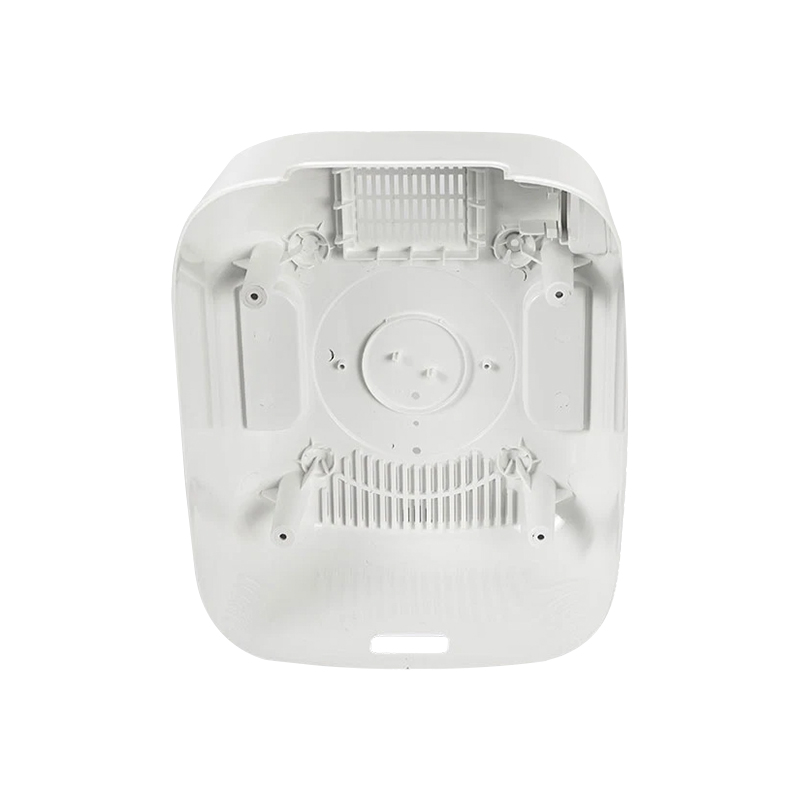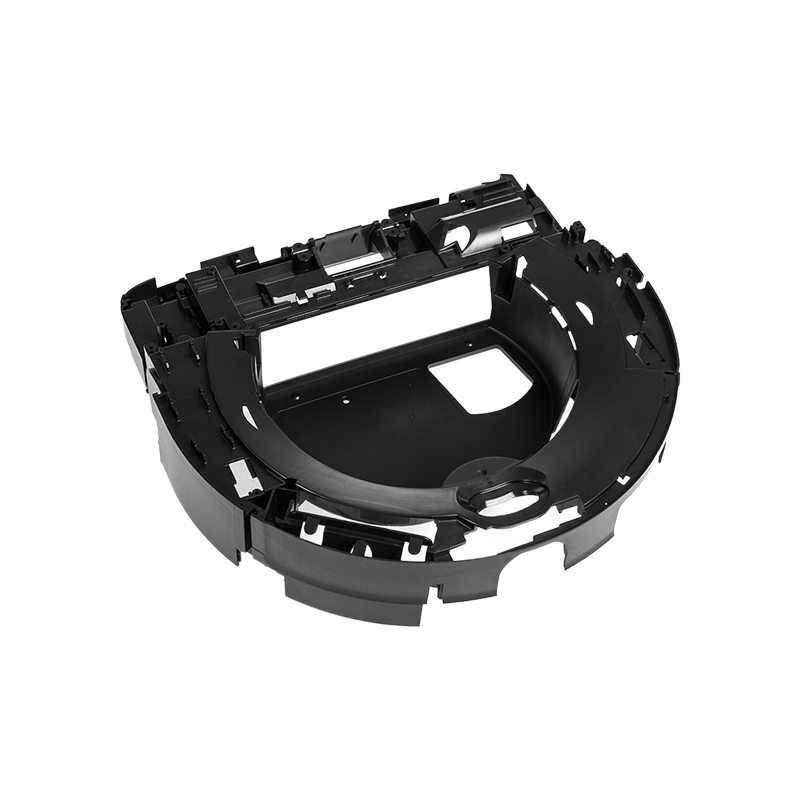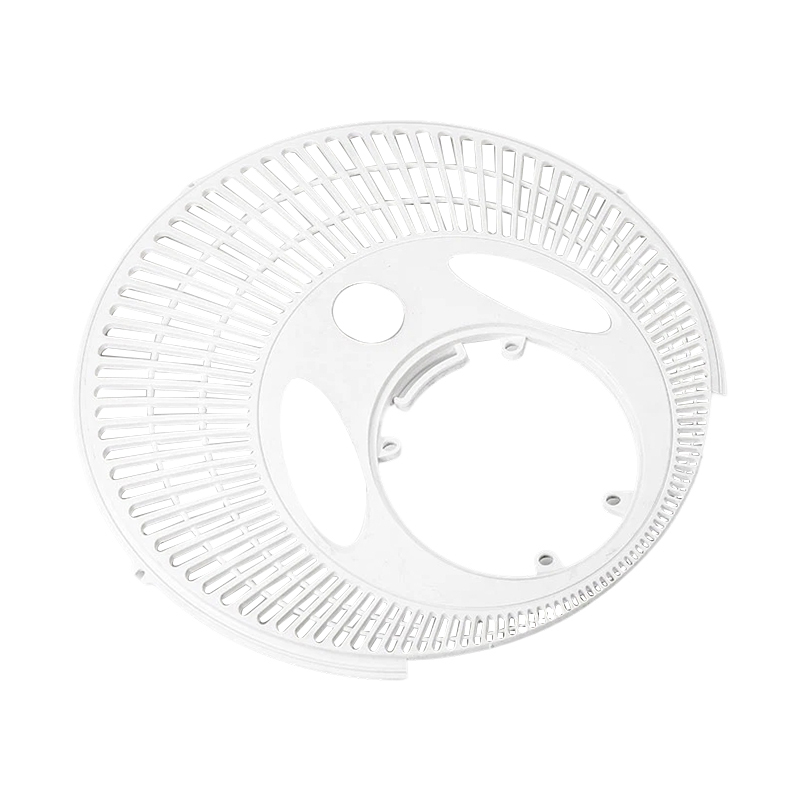The transparent kettle can hold the heartbeat of technology. What kind of smart code is hidden in the opaque kettle?
Release Time : 2025-04-29
In the kitchen in the morning, a pot of water gurgles on the induction cooker. When the water vapor blurs the glass kettle body, have you ever thought: Is this transparent barrier also blocking a deeper dialogue between people and technology? Transparency and opacity, this pair of seemingly opposing design languages, are setting off a philosophical revolution about "visibility" in the field of smart kettles.
The charm of the transparent kettle begins with human beings' fascination with the true nature of matter. The kettle body made of high borosilicate glass is like a crystal prism, transforming the boiling process of liquid into a microscopic theater. Users can clearly observe the trajectory of each bubble rising from the bottom of the kettle, and can even judge the heating stage by the vibration frequency of the water flow. This visual feedback mechanism is essentially a rebellion against the "black box operation" of the industrial age-when the smart chip quietly records the water temperature curve at the bottom of the kettle, the transparent kettle body declares in the most primitive way: technology should not deprive people of their right to perceive the physical world. The "growth pattern kettle" launched by a certain brand has pushed this concept to the extreme: the temperature-sensitive color-changing coating embedded in the kettle wall will present different textures as the water temperature changes, allowing users to perceive the temperature of the water visually without touching the screen.
But when we turn our attention to the kettle made of opaque materials, we will find that another kind of intelligent logic is growing. The frosted ceramic shell or matte metal surface seems to isolate the prying of the inner world, but in fact it builds a more complex human-computer interaction interface. Such products are often equipped with hidden display screens. When the user touches a specific area of the kettle body, the ring-shaped LED light strip will wake up like a galaxy, using the language of light and shadow to convey water temperature, water volume and even water quality data. This design of "needing active exploration" just fits the expectations of contemporary people for technological products-intelligence should not be a cramming-style information bombardment, but a medium to stimulate curiosity. A high-end model even has a pressure sensing area on the lid of the kettle. Users can wake up personalized modes such as brewing tea, making milk, and keeping warm by pressing with different intensities, making every touch a private dialogue with the machine.
The deeper competition takes place in the symbiotic relationship between materials and functions. In pursuit of extreme transparency, transparent kettles often need to embed multi-layer composite structures in the kettle body, which in turn brings challenges to the layout of smart components. Opaque materials are like a blank canvas, allowing designers to freely express their creativity: some perfectly integrate the heating module with the curve of the kettle body, and some hide the wireless charging coil under the non-slip silicone base. More interestingly, some products have begun to explore "material camouflage" - the seemingly ordinary ceramic kettle body is actually embedded with a touch layer made of transparent conductive ink. When the fingertips pass over the kettle body, the surface will ripple like a glimmer. This virtual and real interweaving experience blurs the boundary between traditional materials and smart technology.
In this game of transparency and opacity, the real winners may be those products that dare to break the binary opposition. The "double-sided kettle" launched by a cross-border brand gives a perfect answer: the front of the kettle body uses gradient coated glass, which not only retains some perspective effects, but also presents different colors through angle changes; the back is covered with a smart touch panel, and all operation information is clearly displayed in this area. This design philosophy tells us that the future of smart home appliances does not lie in the choice of materials, but in how to make technology an extension of the material characteristics, so that every gram of weight and every curve carries a deep understanding of user needs.
When the steam blurs the glass kettle again, what we see may not only be a physical phenomenon, but also a metaphor about technology and human nature: transparency brings a sense of control, opacity breeds imagination, and true intelligence should be like water, which can reflect the colorful sunlight and contain the darkness of the deep sea.
The charm of the transparent kettle begins with human beings' fascination with the true nature of matter. The kettle body made of high borosilicate glass is like a crystal prism, transforming the boiling process of liquid into a microscopic theater. Users can clearly observe the trajectory of each bubble rising from the bottom of the kettle, and can even judge the heating stage by the vibration frequency of the water flow. This visual feedback mechanism is essentially a rebellion against the "black box operation" of the industrial age-when the smart chip quietly records the water temperature curve at the bottom of the kettle, the transparent kettle body declares in the most primitive way: technology should not deprive people of their right to perceive the physical world. The "growth pattern kettle" launched by a certain brand has pushed this concept to the extreme: the temperature-sensitive color-changing coating embedded in the kettle wall will present different textures as the water temperature changes, allowing users to perceive the temperature of the water visually without touching the screen.
But when we turn our attention to the kettle made of opaque materials, we will find that another kind of intelligent logic is growing. The frosted ceramic shell or matte metal surface seems to isolate the prying of the inner world, but in fact it builds a more complex human-computer interaction interface. Such products are often equipped with hidden display screens. When the user touches a specific area of the kettle body, the ring-shaped LED light strip will wake up like a galaxy, using the language of light and shadow to convey water temperature, water volume and even water quality data. This design of "needing active exploration" just fits the expectations of contemporary people for technological products-intelligence should not be a cramming-style information bombardment, but a medium to stimulate curiosity. A high-end model even has a pressure sensing area on the lid of the kettle. Users can wake up personalized modes such as brewing tea, making milk, and keeping warm by pressing with different intensities, making every touch a private dialogue with the machine.
The deeper competition takes place in the symbiotic relationship between materials and functions. In pursuit of extreme transparency, transparent kettles often need to embed multi-layer composite structures in the kettle body, which in turn brings challenges to the layout of smart components. Opaque materials are like a blank canvas, allowing designers to freely express their creativity: some perfectly integrate the heating module with the curve of the kettle body, and some hide the wireless charging coil under the non-slip silicone base. More interestingly, some products have begun to explore "material camouflage" - the seemingly ordinary ceramic kettle body is actually embedded with a touch layer made of transparent conductive ink. When the fingertips pass over the kettle body, the surface will ripple like a glimmer. This virtual and real interweaving experience blurs the boundary between traditional materials and smart technology.
In this game of transparency and opacity, the real winners may be those products that dare to break the binary opposition. The "double-sided kettle" launched by a cross-border brand gives a perfect answer: the front of the kettle body uses gradient coated glass, which not only retains some perspective effects, but also presents different colors through angle changes; the back is covered with a smart touch panel, and all operation information is clearly displayed in this area. This design philosophy tells us that the future of smart home appliances does not lie in the choice of materials, but in how to make technology an extension of the material characteristics, so that every gram of weight and every curve carries a deep understanding of user needs.
When the steam blurs the glass kettle again, what we see may not only be a physical phenomenon, but also a metaphor about technology and human nature: transparency brings a sense of control, opacity breeds imagination, and true intelligence should be like water, which can reflect the colorful sunlight and contain the darkness of the deep sea.








